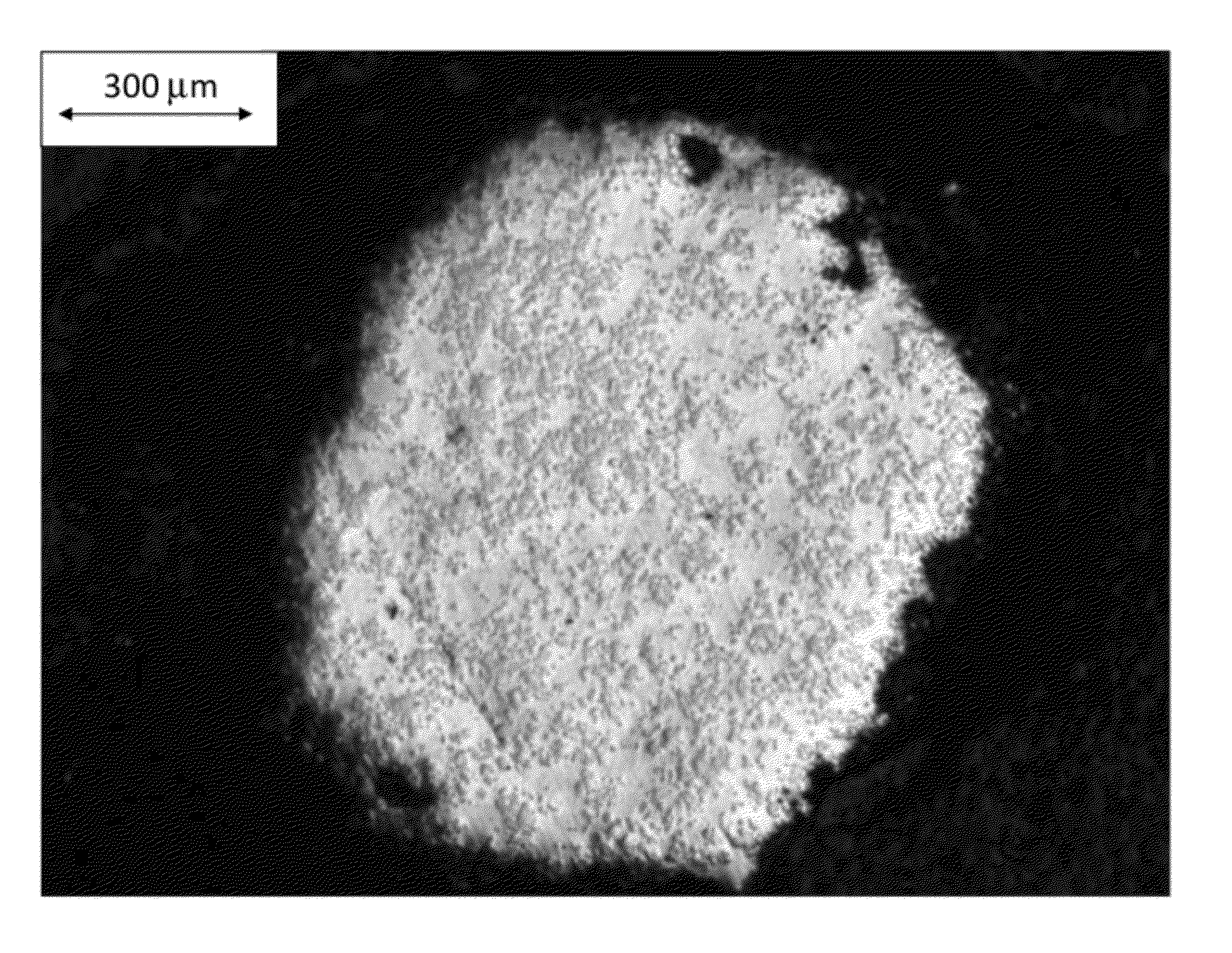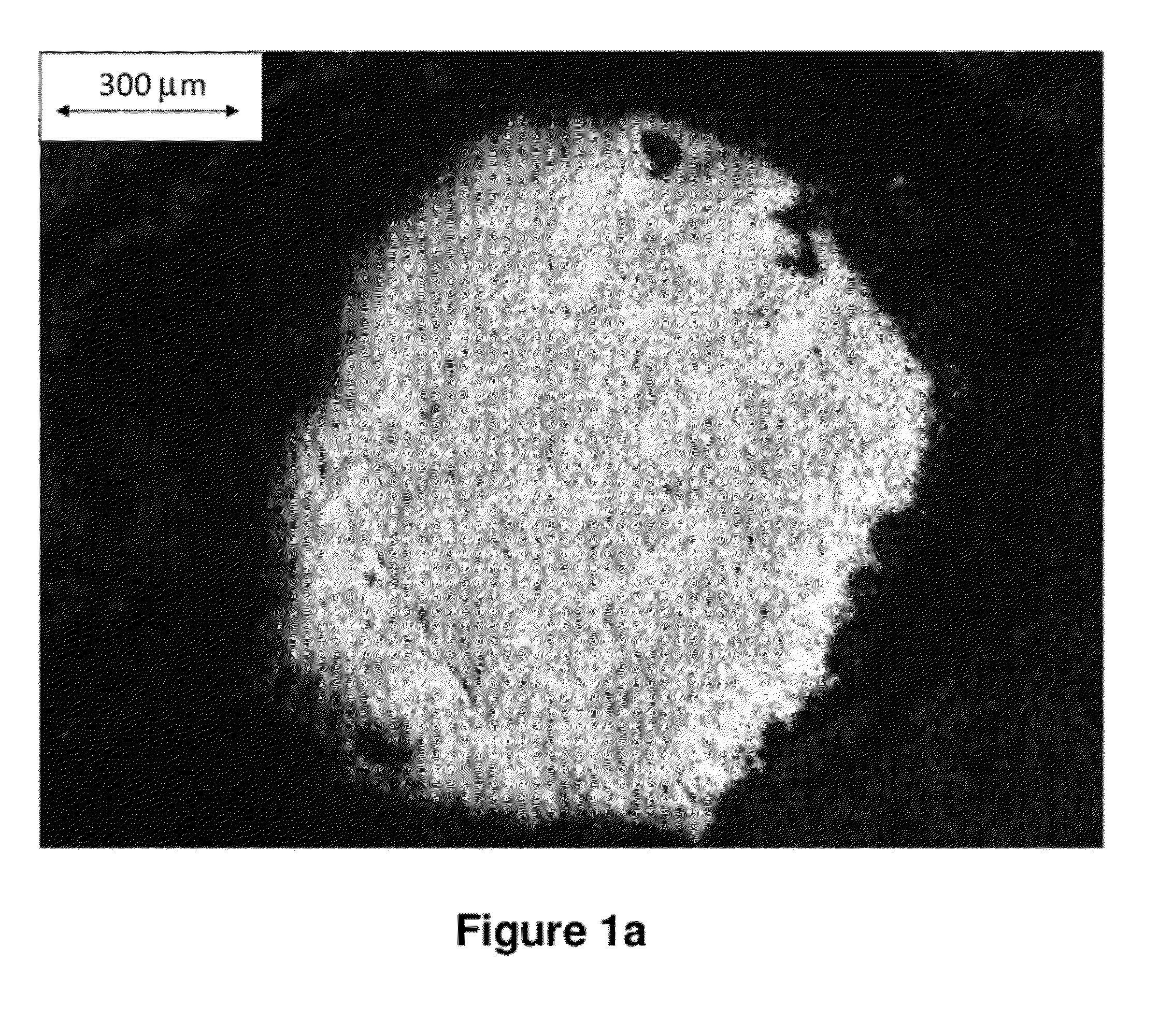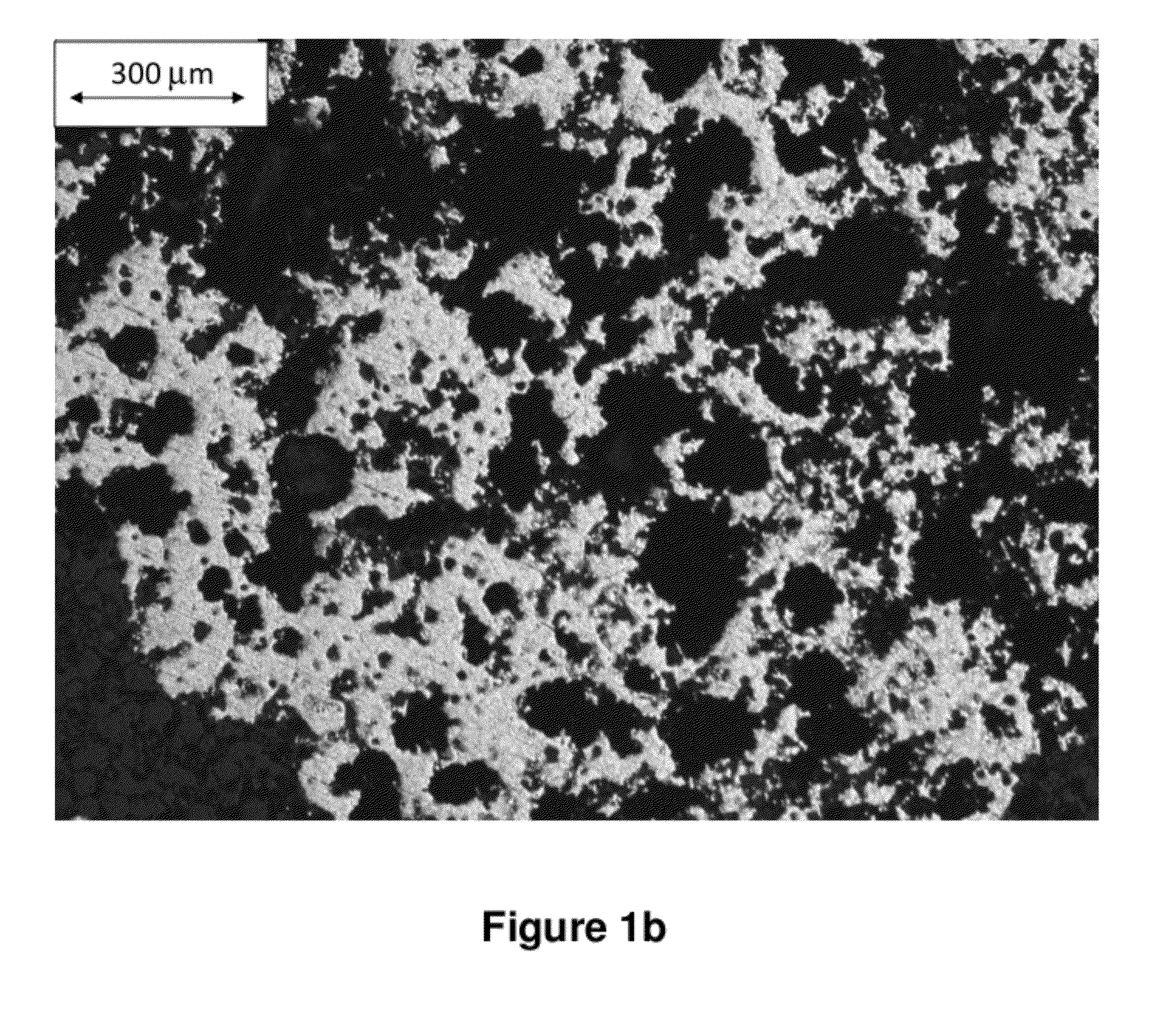Variable melting point solders
a technology of variable melting point and solder, which is applied in the direction of welding/cutting media/materials, manufacturing tools, and solventing media, etc., can solve the problems of chip failure and/or pcb warpage, the melting temperature of these conventional solders is too low for safe operation in many standard service environments, and the need for non-conventional solders
- Summary
- Abstract
- Description
- Claims
- Application Information
AI Technical Summary
Benefits of technology
Problems solved by technology
Method used
Image
Examples
Embodiment Construction
[0056]As required, embodiments of variable melting point solders of the present invention are disclosed herein. However, the disclosed embodiments are merely exemplary, and it should be understood that the invention may be embodied in many various and alternative forms. The Figures are not to scale and some features may be exaggerated or minimized to show details of particular elements while related elements may have been eliminated to prevent obscuring novel aspects.
[0057]Therefore, specific structural and functional details disclosed herein are not to be interpreted as limiting but merely as a basis for the claims and as a representative basis for teaching one skilled in the art to variously employ the present invention. For purposes of teaching and not limitation, the illustrated embodiments are directed to a solder based on a ternary or quaternary system of elements, comprising one or a combination of nickel (Ni) and antimony (Sb), combined with bismuth (Bi) and tin (Sn).
[0058]A...
PUM
| Property | Measurement | Unit |
|---|---|---|
| solidus temperature | aaaaa | aaaaa |
| solidus temperature | aaaaa | aaaaa |
| solidus temperature | aaaaa | aaaaa |
Abstract
Description
Claims
Application Information
 Login to View More
Login to View More - R&D
- Intellectual Property
- Life Sciences
- Materials
- Tech Scout
- Unparalleled Data Quality
- Higher Quality Content
- 60% Fewer Hallucinations
Browse by: Latest US Patents, China's latest patents, Technical Efficacy Thesaurus, Application Domain, Technology Topic, Popular Technical Reports.
© 2025 PatSnap. All rights reserved.Legal|Privacy policy|Modern Slavery Act Transparency Statement|Sitemap|About US| Contact US: help@patsnap.com



